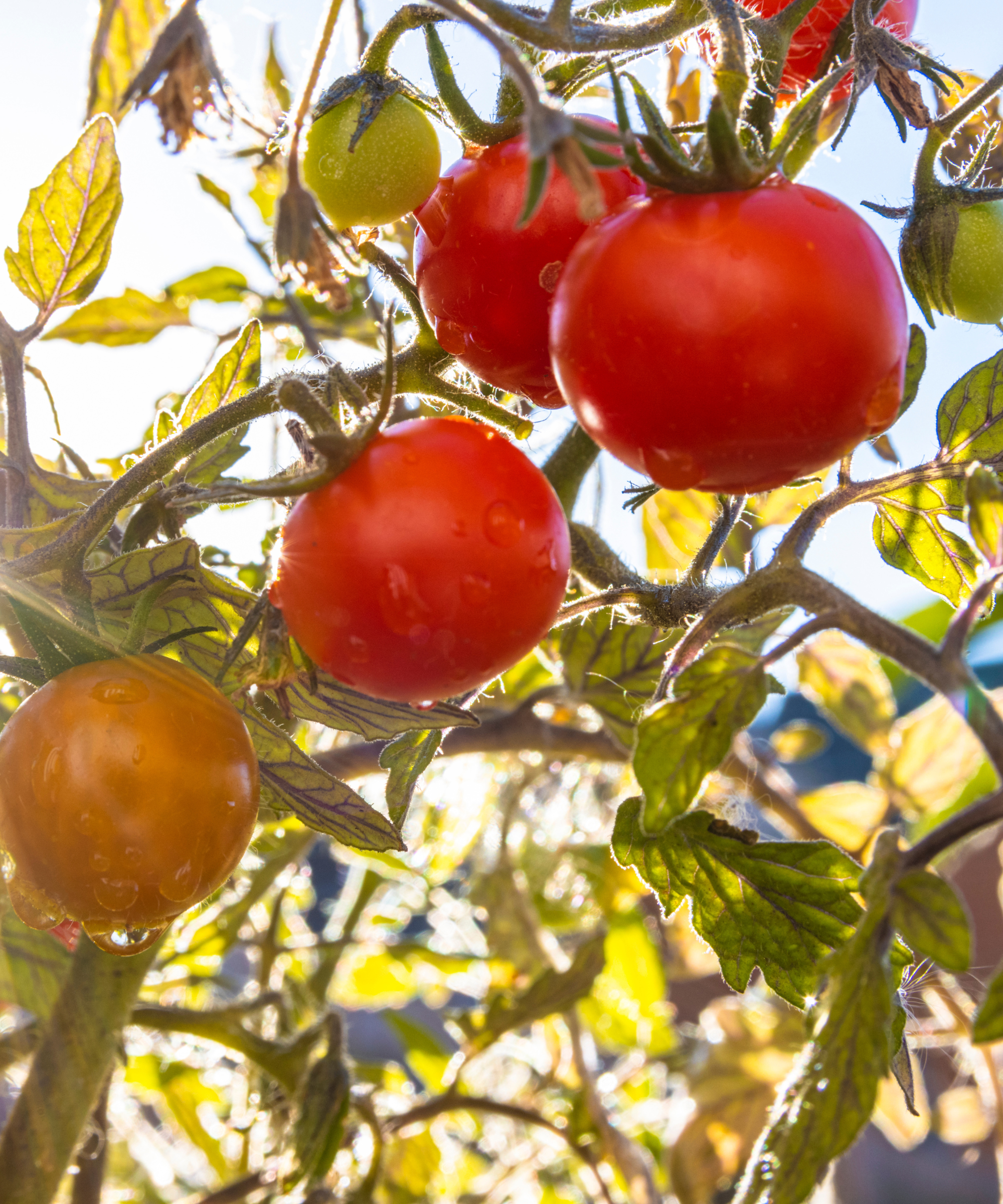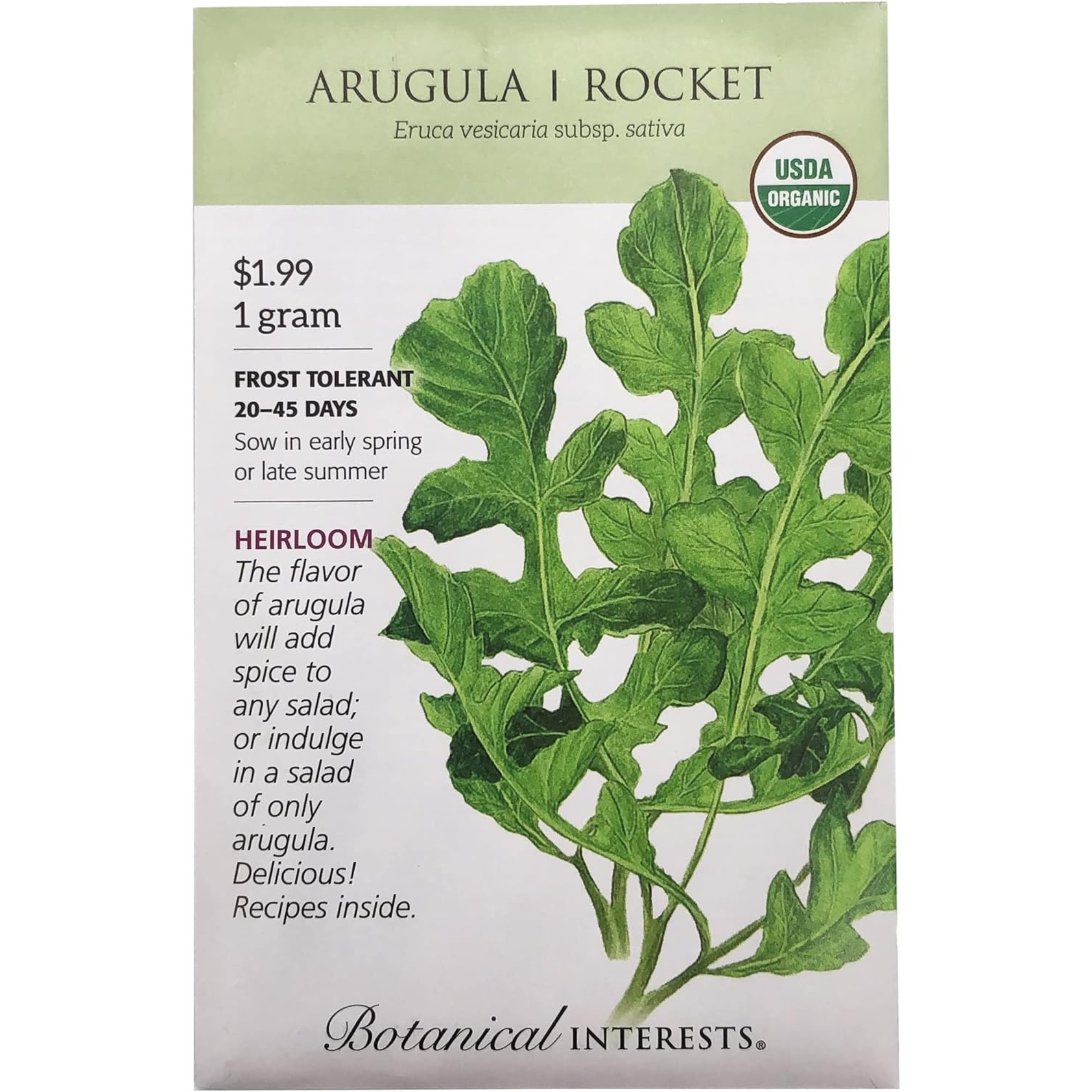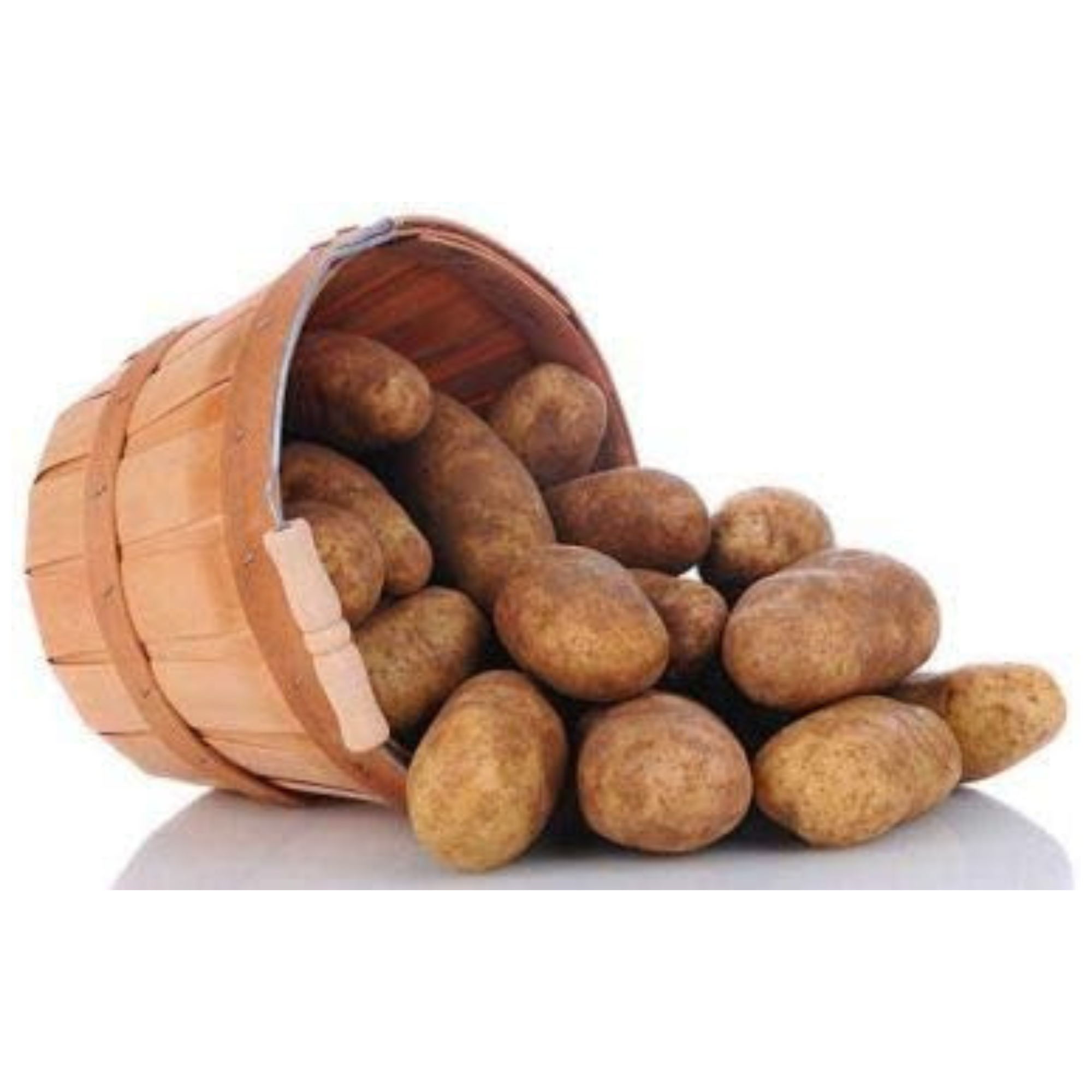Kate Moss unexpectedly inspired us to start a vegetable patch – here's what she grows on her plot
The supermodel uses her Cotswolds garden to create a vegetable-filled Sunday lunch – experts explain how to do the same


Think of Kate Moss, and a vegetable patch in the idyllic Cotswolds countryside is unlikely to spring to mind. However, the '90s supermodel, associated with her jet-set lifestyle, recently revealed a surprising new hobby involving growing fresh produce for her Sunday lunch.
Yes, the British fashion icon has a vegetable garden – and it's a staple part of her life in rural southwest England, where she resides with her daughter, Lila Moss. Kate, who has served as the face of Chanel, Louis Vuitton, and Calvin Klein, shared a glimpse inside her slower-paced life with The Times, adding that, alongside time tending to her patch, she undergoes a daily 10-minute transcendental meditation and unwinds to episodes of Frasier. However, it is on weekends when her garden skills really come into play.
Kate explains that, on a Sunday, she prepares a meal for Lila using rocket leaves, potatoes, tomatoes, and garlic grown on her patch. And, if the space allows, we can do the same.

Expert tips for Kate Moss-inspired vegetable success
Following Kate's example is simple: we only need some seeds and room to let our veggies grow.
'When starting a vegetable patch or allotment, there’s really no need to go spending big money from the outset. After all, all you’ll need to start your plot is a good patch of soil and some seeds, or you could even use an existing shed in which to start growing,' explains Jack Sutcliffe, the co-founder of Power Sheds. And potatoes, one of Kate's favorites, are an expert-approved starting point.
1. Begin with potatoes
'Potatoes are the perfect vegetable to start with for your vegetable patch as they’re relatively easy to take care of and show results quickly,' Jack explains. Usually, potatoes are planted in mid to late February, and early varieties should be ready to lift as early as June and July.
As mentioned, Kate also grows tomatoes, rocket, and garlic alongside her potatoes, but courgettes, beans, and beetroot are also suitable for beginners.
Design expertise in your inbox – from inspiring decorating ideas and beautiful celebrity homes to practical gardening advice and shopping round-ups.
'Aside from the enjoyment of spending time cultivating your vegetable patch, the result is where it all culminates. Grow the things you’d usually have on your dinner table to give yourself the satisfaction of eating and enjoying the fruits of your labor at the end.'

Jack Sutcliffe is the founder of Power Sheds, an innovative company who created the first modular garden building to combine cutting edge design with the legendary simplicity of a garden shed. With his role comes a deep insight into the garden manufacturing industry, including consumer's planting habits and trends.
2. Grow tomatoes sideways
Unlike the other veg on Kate's plot, tomatoes have more 'adventitious' roots – meaning their roots can grow from anywhere up the stem. Therefore, when planting new tomato plants, Jack recommends placing them sideways to maximize the number of roots and amount of water and nutrients they can absorb.
3. Follow the seed packet
'It might sound simple and even obvious, but just following the instructions on the side of the seed packet is an essential way to help ensure success in your vegetable patch,' Jack explains. Naturally, we're beginning with these Moss-inspired buys, available via Amazon below.

Megan is the Head of Celebrity Style News at Homes & Gardens, where she leads the celebrity/ news team. She has a history in interior design, travel, and news journalism, having lived and worked in New York, Paris, and, currently, London. Megan has bylines in Livingetc, The Telegraph, and IRK Magazine, and has interviewed the likes of Drew Barrymore, Ayesha Curry, Michelle Keegan, and Tan France, among others. She lives in a London apartment with her antique typewriter and an eclectic espresso cup collection, and dreams of a Kelly Wearstler-designed home.


